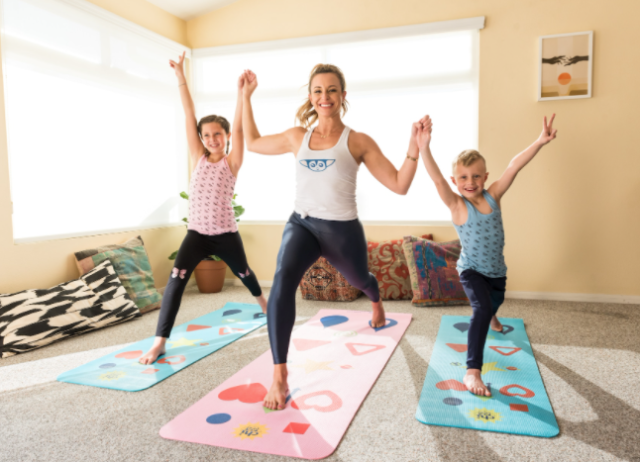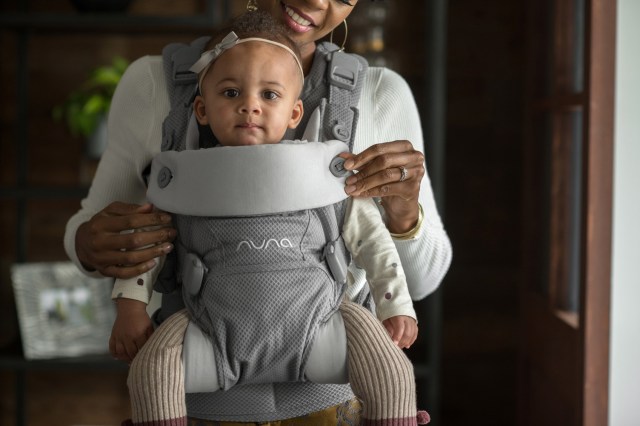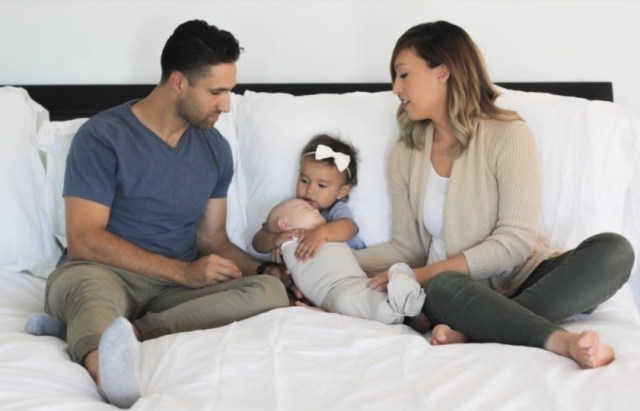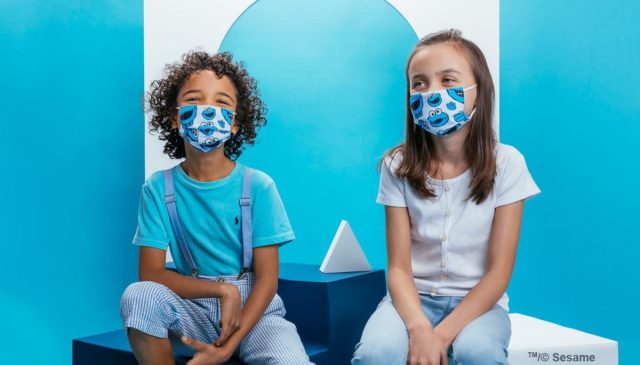*This information is based on the work of the Children’s Community School in Philadelphia and was written by Katrina Michie, who gave us permission to republish this on our website. Please help support their efforts by sharing and tagging the school as the source, and if you can, donate to their efforts and to any related causes.
“So you’ve realized your kids aren’t too young to talk about race, so now what? We’ve rounded up some resources for you to start. The Children’s Community School in Philidelphia did all the research and legwork on this information. We adapted it. Check out their amazing resource page.
Here is a short podcast, put together by NPR and the Sesame Street Workshop, that is a great primer as well as offers an understanding on how to talk to young children about race:”
Talking Race with Young Children (Podcast Episode)
Articles for Parents & Caregivers about Talking about Race:
Anti-Racism for Kids 101: Starting to Talk about Race
Here’s How W. Kamau Bell Talks about Race with His Kids
100 Race-Conscious Things You Can Say to Your Child to Advance Racial Justice
Raising Race-Conscious Children
4 Things We Should All Teach Kids about Racism Right Now
Great Educational Podcast for Adults on the History of Race in America:
Seeing White Series on Scene On Radio
Resource for Teachers & Educators for Discussing Race with Children:
Teaching Tolerance: Race & Ethnicity
Books for Adults Who Want to Learn More about Race & Racism in America:
So You Want to Talk About Race by Ijeoma Oluo
Toys that Embrace Diversity:
Books for Children That Explore Diversity, Black History & Acceptance:
The Ultimate 2018 List of Diverse Books for Children (Here Wee Read is a great resource for books! Follow her Instagram!)
No White Saviors: Kids Books about Black Women in US History (Books For Littles)
Children’s Books by Brilliant Black Women: #OwnVoices Authors & Illustrators (Books for Littles)
Whose Toes Are Those? by Jabari Asim
Let’s Talk about Race by Julius Lester
Sugarplum Ballerinas by Whoopi Goldberg
A Roundup of Studies & Articles Cited above:
Three-Month-Olds, but Not Newborns, Prefer Own-Race Faces
Handbook of Race, Racism and the Developing Child
Developmental Psychopathology: Perspectives on Adjustment, Risk, and Disorder
The Development of Implicit Intergroup Cognition
Even Babies Discriminate: A Natureshock Excerpt
This article was republished with permission from Katrina Michie.


































